Different Types of Semi-Trucks: Applications and Uses
- Blog
- How To Operate
- Different Types of Semi-Trucks: Applications and Uses
Semi-Trucks Applications and Uses
Semi-trucks, also known as tractor-trailers, or semi tractors are a common sight on American highways and play a crucial role in the transportation industry.
They come in various types, each designed for specific applications, uses, and benefits. Today most use powerful diesel engines
Here, we explore some of the most common types of semi-trucks in the United States:
Day Cabs and Sleeper Semi-Trucks
When most people think of semi-trucks, day cab tractors and sleeper truck tractors are the first things that come to mind. These conventional semi-trucks are large commercial vehicles designed for transporting a wide range of cargo, including heavy equipment, electronics, construction materials, liquids, and more.
Tractor units typically comprises two main components: the tractor (the front part of the vehicle) and the semi-trailer (the cargo-carrying unit).
Day cabs and sleeper semi-trucks usually have a plate on the back called the fifth wheel, which allows the tractor to connect to various semi-trailers.

Day Cab Semi-Trucks: Among conventional semi-truck cabs, the day cab tractor is the most common. These trucks usually return to their starting point after each shift, complying with legal regulations on maximum driving hours. Day cabs can be attached to various types of trailers, providing versatility in cargo transport.
Driving A Day Cab
Driving a day cab semi-truck varies widely depending on the industry, company and cargo.
For many years semi-truck drivers were in short supply.
Why?
They were paid poorly, had little benefits, and worked long hours.
The pandemic put a spot light on the trucking profession and the importance of the semi-truck drivers work.
Today, many conventional semi drivers are able to afford a living wage. While shortages still remain, there seems to be more interest in the profession.
Sleepers
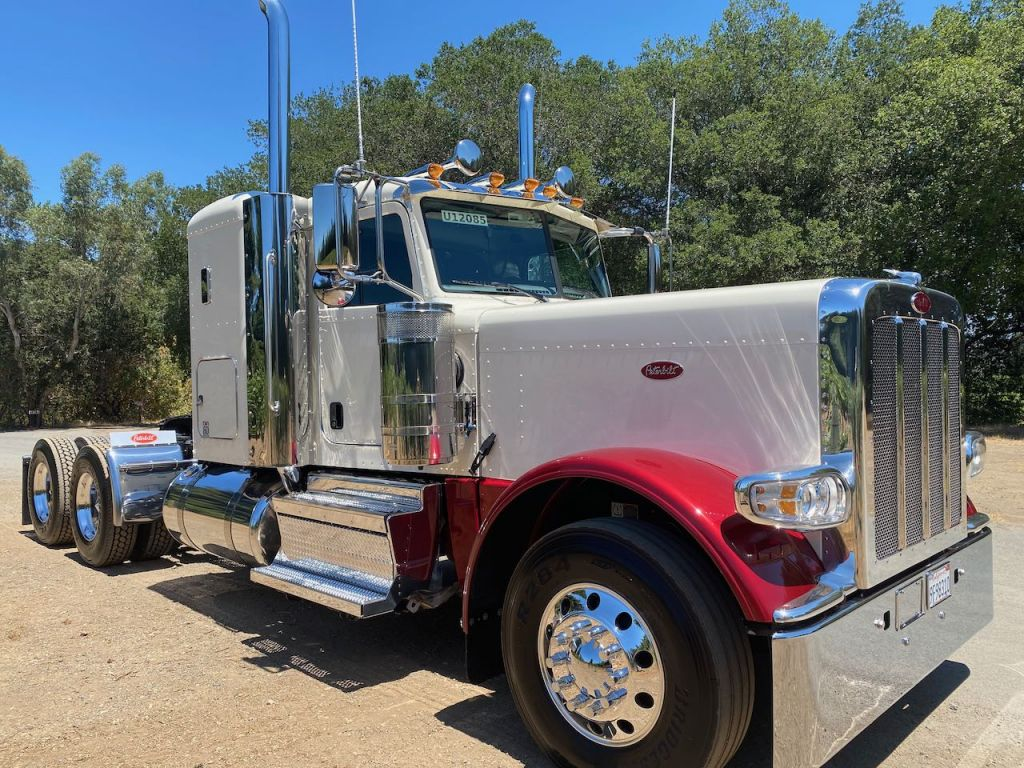
These vehicles are similar to conventional ones but come with a sleeper compartment behind the driver’s seat.
The size of the sleeper compartment can vary, accommodating different needs, from compact sleeping berths to more spacious configurations with added amenities.
Sleeper trucks are often used for longer trips and come in various designs, such as flat roof sleepers for shorter overnight stays, or models with kitchens and other amenities for extended travel.
Sleeper tractors typically have better fuel economy as they are designed for highway driving.
Driving A Sleeper Truck
If the open road calls and you don’t mind being away from home days or weeks at a time, driving a sleeper semi maybe a great career choice.
North American semi-truck routes can be as short as overnight or can have you traveling from one end of the country to the other.
If you love the long haul trucking life, being an owner operator with a sleeper semi-truck tractor unit can be rewarding. Like the day cab semi-truck driver, businesses that employ long haul drivers have significantly increased pay and benefits to attract you to the trucking lifestyle.
Semi-Trucks – Vans
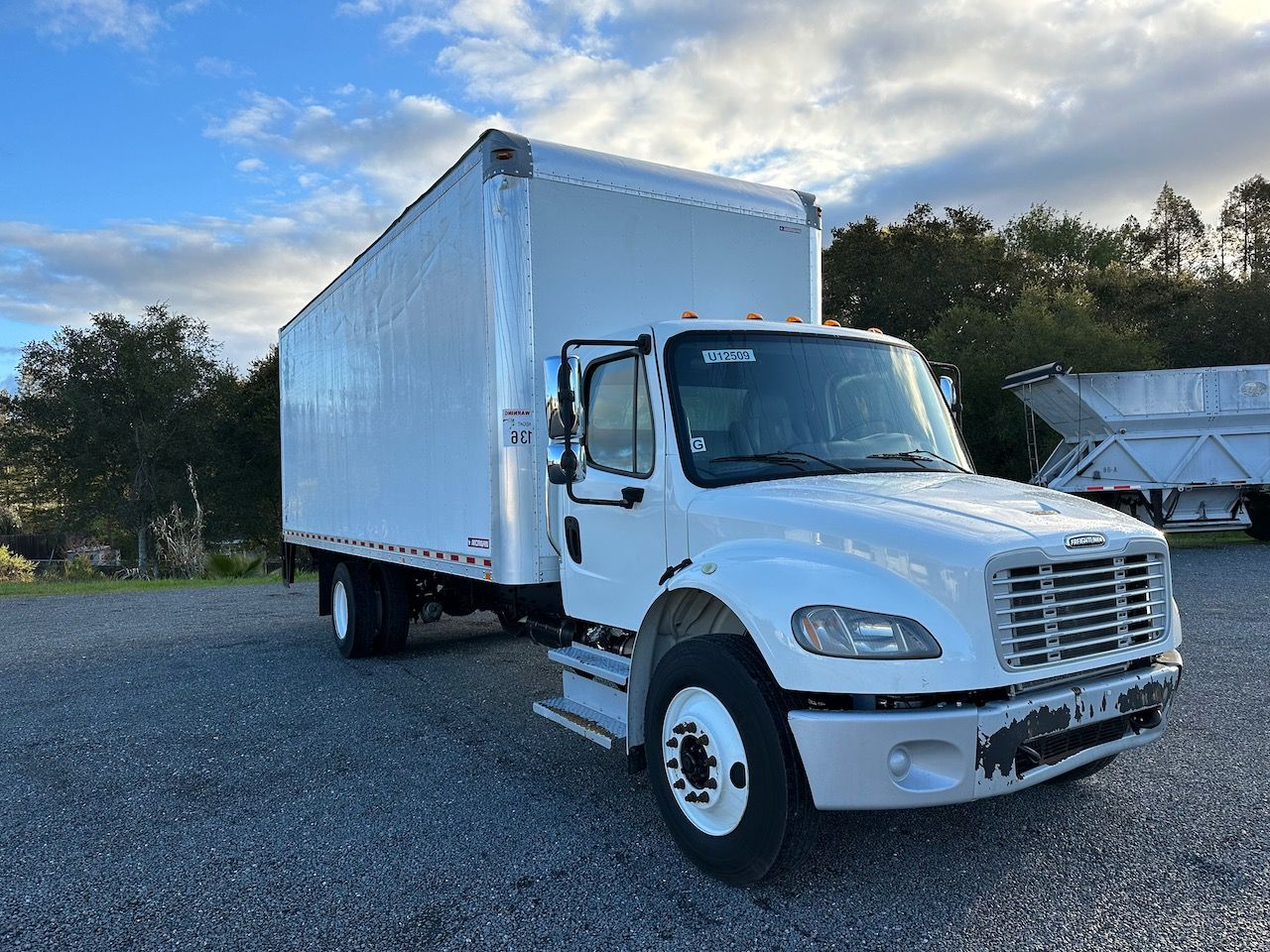
Semi-truck delivery trucks are used for transporting general freight, including packaged goods, equipment, and more. These semi-trucks trucks have enclosed cargo boxes to protect their contents from the elements.
Some key variations of these delivery vans include dry van trucks and refrigerated trucks (reefers).
Dry Vans: These are the most common type of semi-trucks for transporting general cargo. They are often used for short hauls and need to adapt to both highway and urban roads. Many are equipped with lift gates to facilitate unloading.
Refrigerated Semi-Trucks (Reefers): These semi-trucks are similar to dry van trucks but include refrigeration units and insulation to transport temperature-sensitive cargo like food and pharmaceuticals.
Driving Van Semi-trucks
This is a good place to start if you are interested in becoming a trucker. Van drivers don’t always need a class A license and most van semi-trucks today are automatics.
Whether you are driving a reefer or dry van semi-trucks, you must know that you won’t be sitting behind the wheel all day. There will often be multiple stops and you maybe required to load and unload.
There are many semi-truck types that have vans attached, so there is plenty of opportunity to find something of interest. however, even with today’s market, the pay won’t be as good as many other types of truckers.
Flatbed Trucks
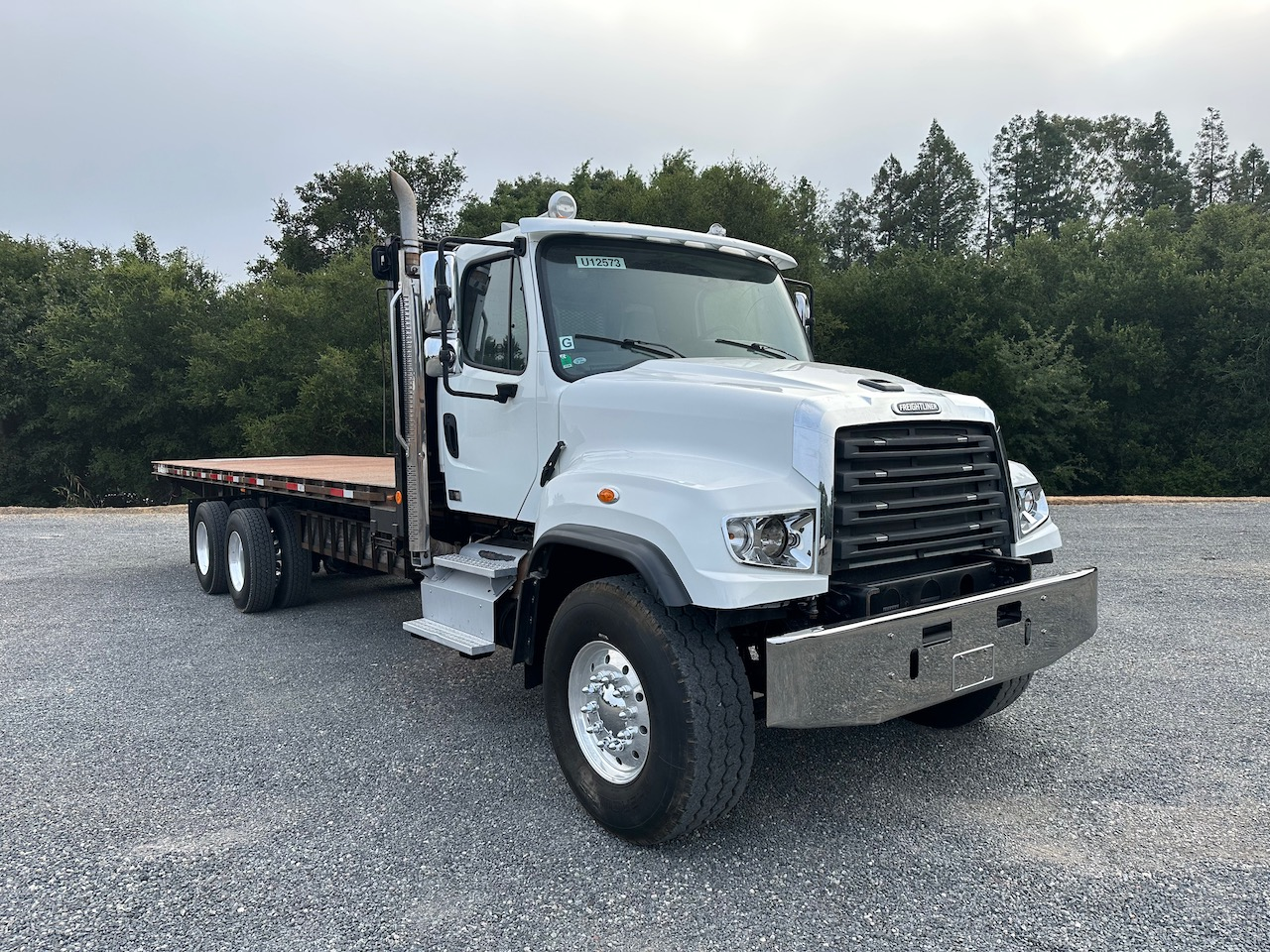
Flatbed trucks have open trailer beds without sides or a roof, making them suitable for transporting construction materials, machinery, heavy equipment, and more. Flatbeds are commonly used in the construction industry, and some flatbeds feature a knuckle-boom crane for easier loading and unloading.
Driving a flatbed semi-truck
If you are behind the wheel of a flatbed truck, you can expect a diverse day. If you are not running a set route, you could be picking up and dropping off at a wide variety of locations that will test your skills. Flatbed trucking can also be physically demanding, where you have to secure loads and assist with loading and unloading. If weather is not cooperating, you can find yourself in all kinds of conditions.
Tanker Trucks
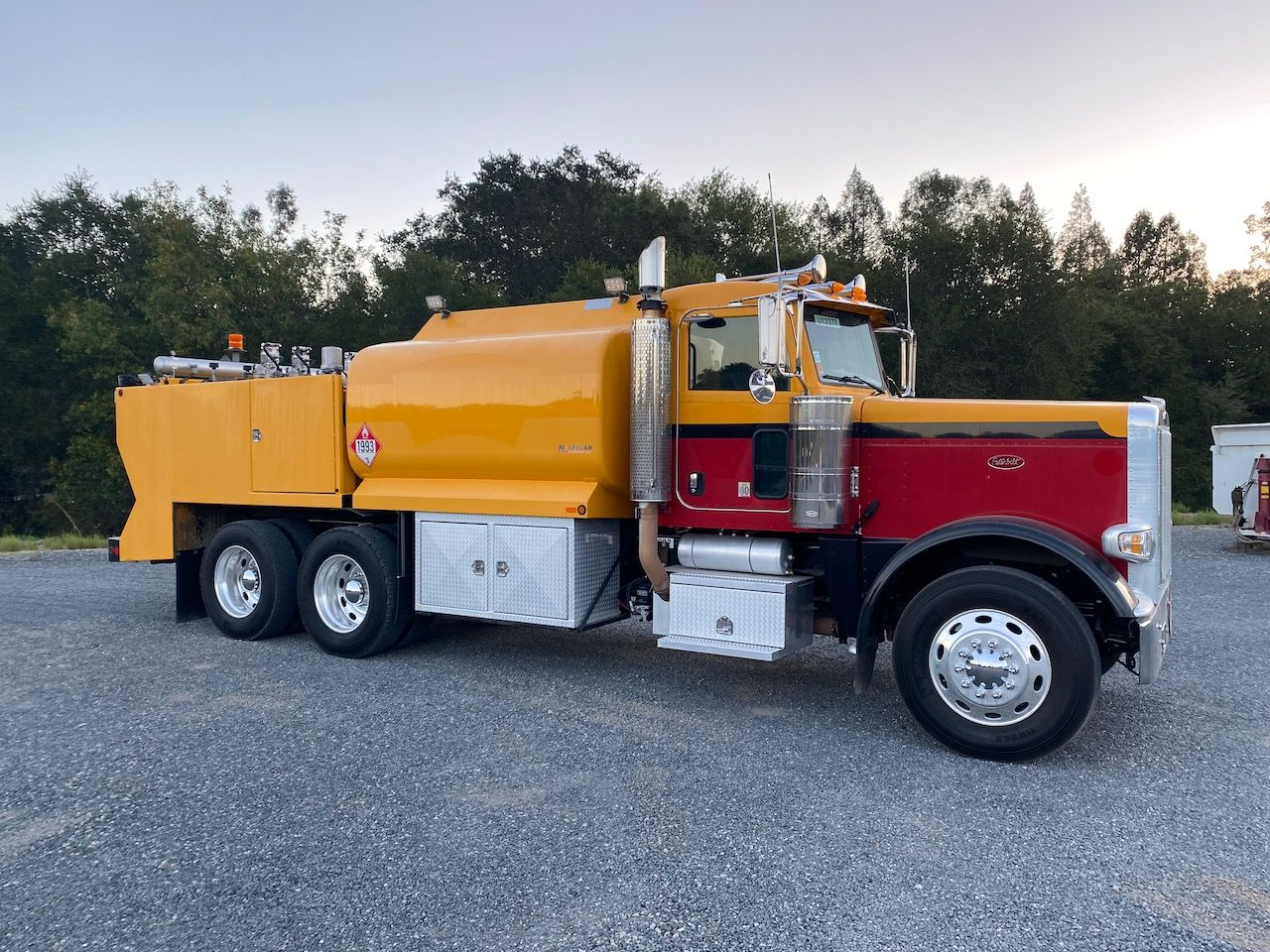
Tanker trucks come in various configurations to transport liquids, including chemicals, fuel, and food products. These trucks must meet specific safety requirements to handle hazardous materials.
Driving Tanker Truck
Drivers of tanker trucks are typically experienced and well-compensated due to the specialized nature of the job.
Dump Trucks
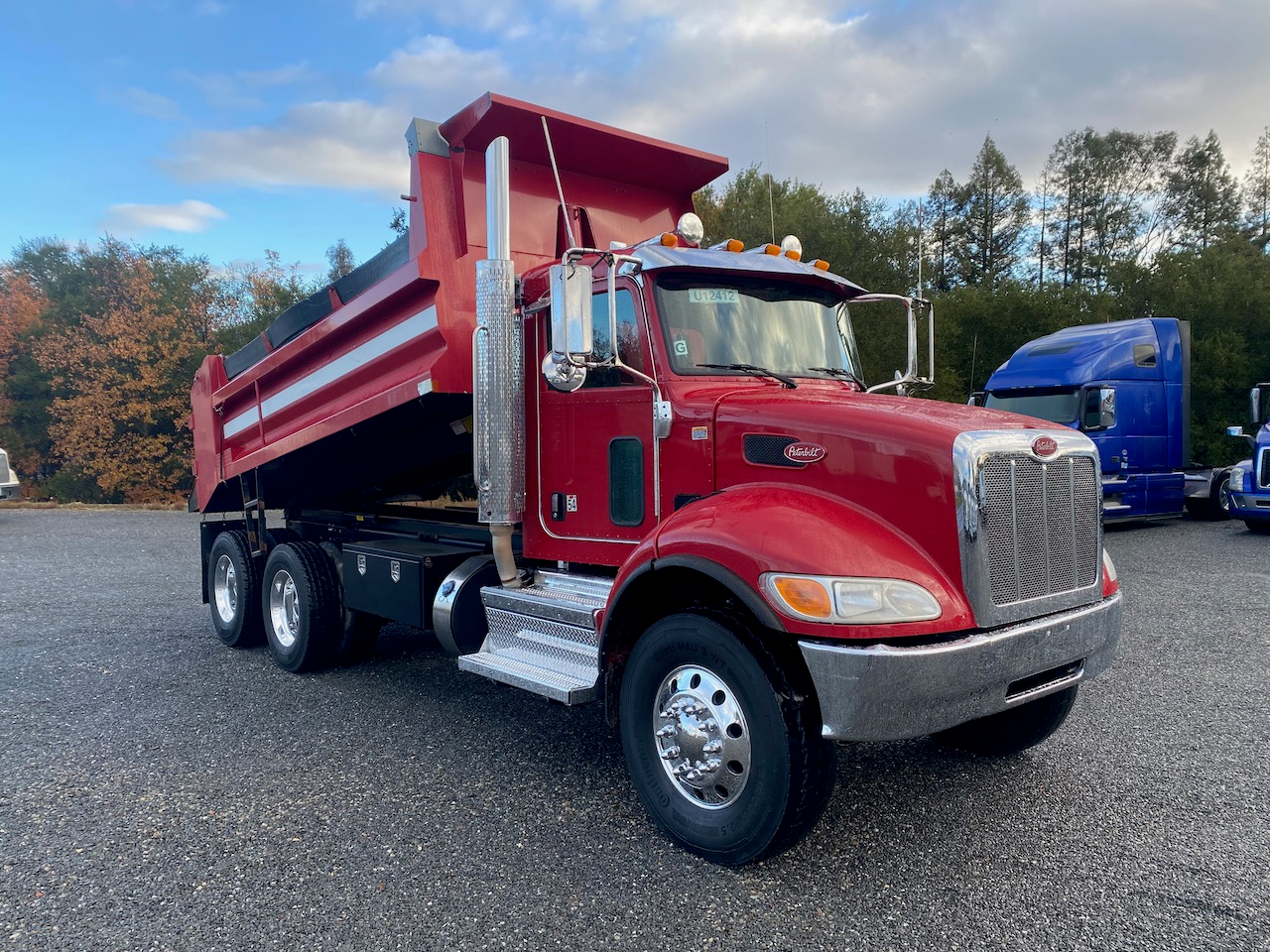
Dump trucks have hydraulic or electric lift mechanisms for unloading quickly, making them suitable for materials like sand, gravel, and construction debris.
These trucks come in various sizes, with smaller ones not requiring a special license. Larger semi-truck dumps require a commercial class A license.
Driving a Dump Truck
Dump trucks are extremely diverse and so is the driving. Some are small enough where anyone can drive them. Others like a transfer dump truck will test even the most experienced truckers skills. Because of this, the pay range is also varied.
Those in the top of their field are in short supply and make an excellent wage. Those at the bottom are entry level jobs.
Specialized Semi-Trucks
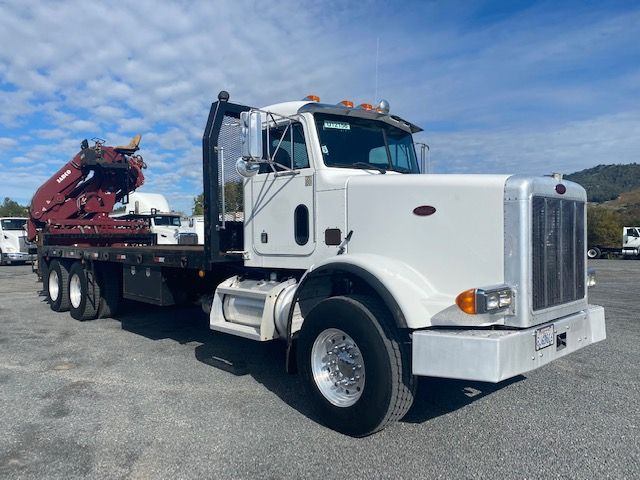
These semi-trucks are designed for unique applications, such as logging, livestock hauling, car transportation, and oversized loads. They often require special skills and expertise, making them attractive career options for experienced drivers.
Driving a Specialized Semi-Truck
Since these types of semi-trucks usually require a special skill and are in short supply, they command a higher salary.
Choosing a Career Driving Semi-Trucks
Choosing a career driving semi-trucks involves more than just hitting the open road. Research is essential to find the right fit among the diverse types of semi-trucks and their respective roles in the transportation industry.
